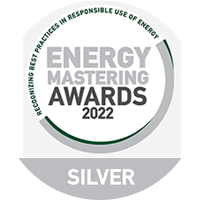The EU goal for a zero-emission economy by 2050 can be achieved through cost neutralization, according to a new study by McKinsey, which focuses on additional investment in new technologies and how they can be offset by the benefits of reduced fuel imports.
According to the company, the annual investments in all industrial sectors that need carbonization already reach 800 billion. annually, while with another 180 billion. These areas will reach the appropriate pace to achieve the 2050 target.
“Our analysis describes a cost-effective path for the whole of Europe. Weights and benefits affect all countries, regions and industries, but not equally,” said Hauke Engel, Mckinsey’s partner. For example, Spain’s economic growth has surpassed that of Germany since 1990 and in turn makes the intermediate target of reducing emissions by 55% more difficult for this country.
The energy sector is the first to be projected to achieve climate neutrality by 2050 in the EU. through the increased installation of photovoltaic and wind. As demand for electricity is expected to double through green hydrogen production plans, annual PV facilities are projected to increase from 15 to 44 gigawatts after 2030. Respectively, wind power is projected to increase from 10 to 24 gigawatts. .
Next in line is transport, which is expected to achieve neutrality by 2045.










